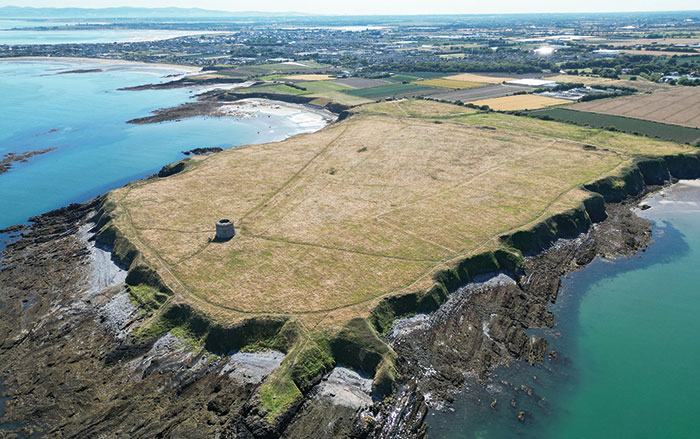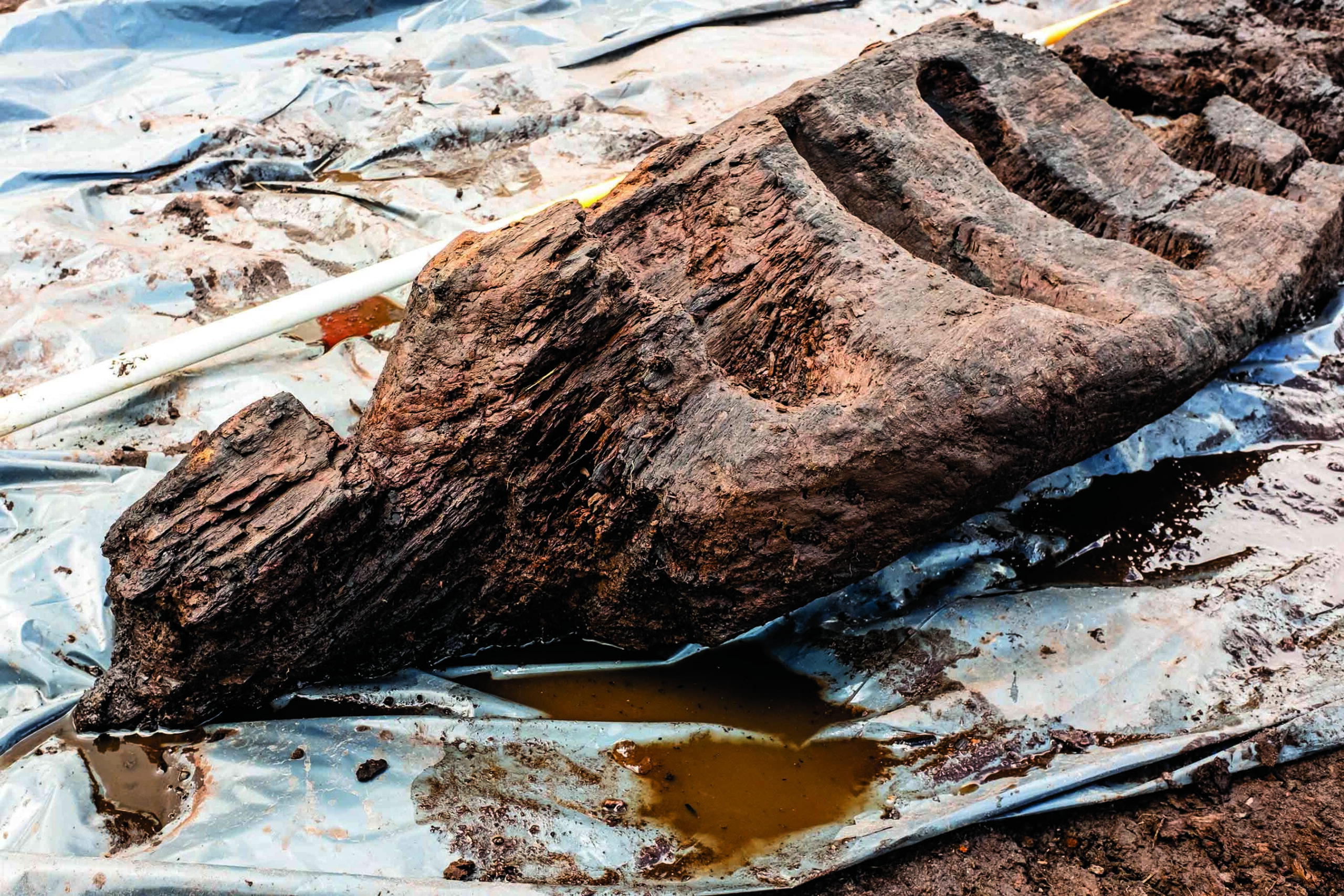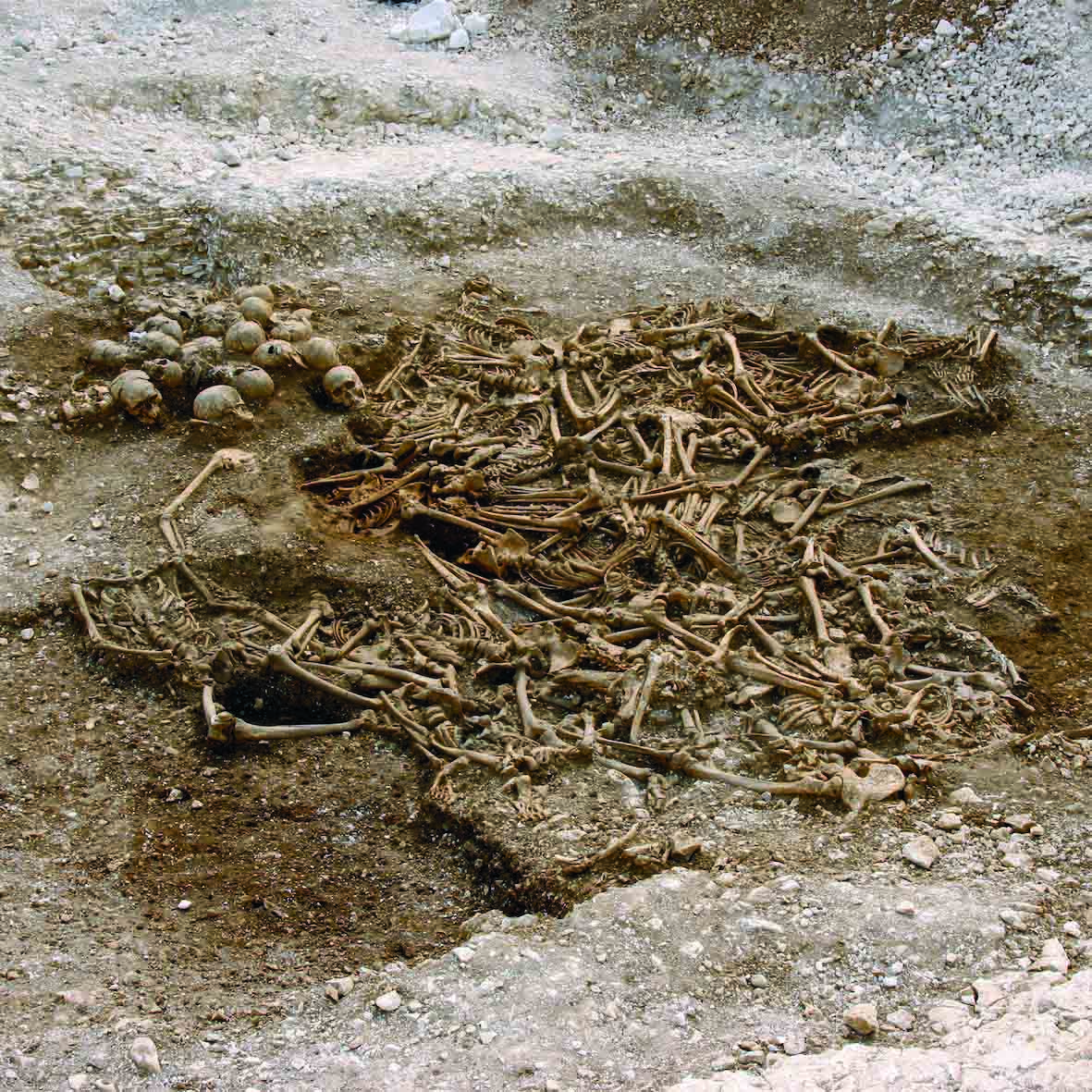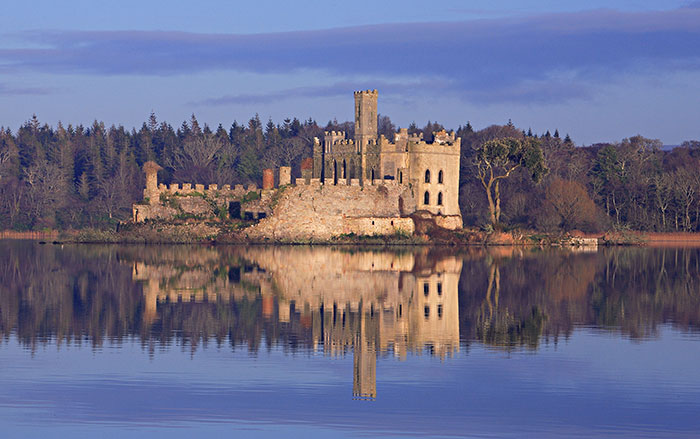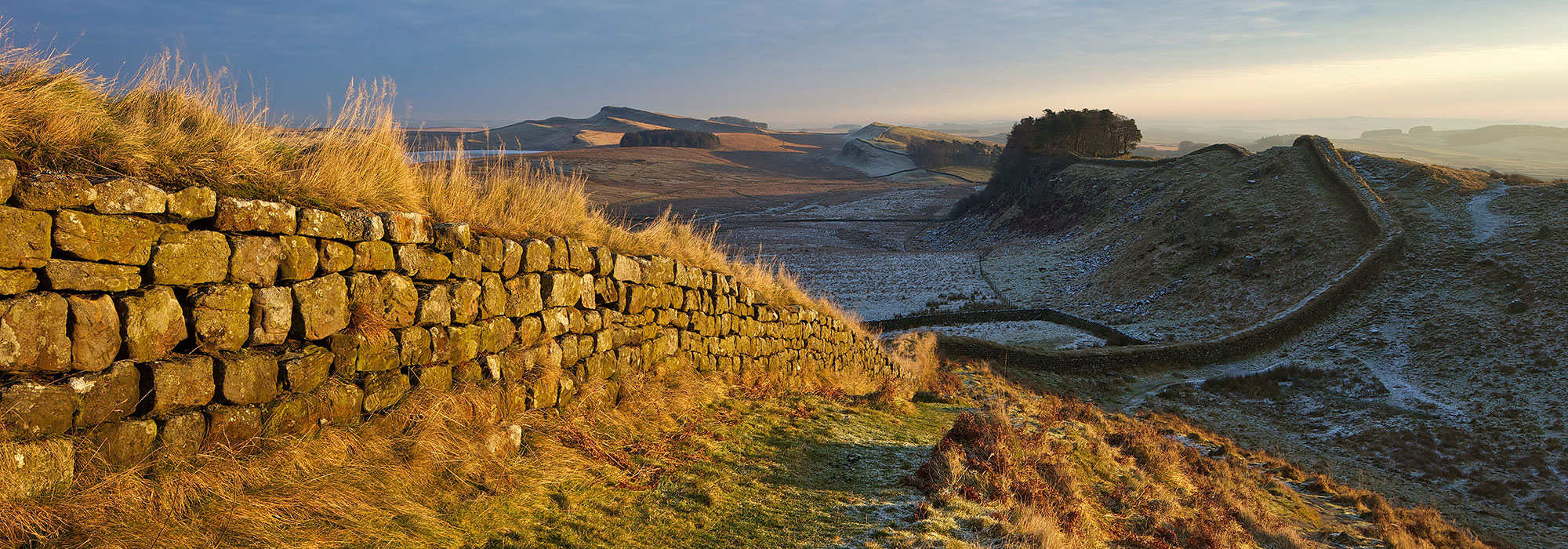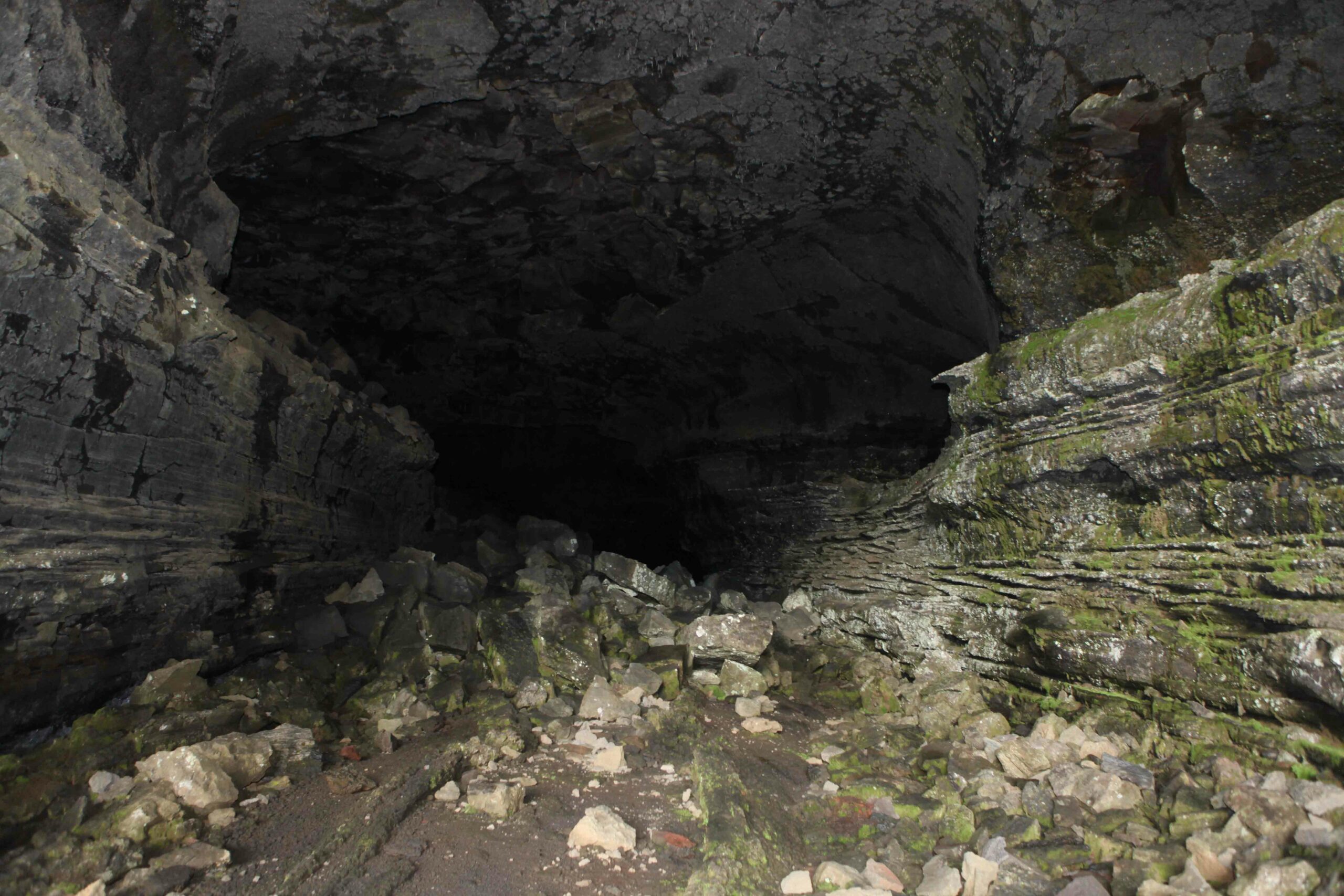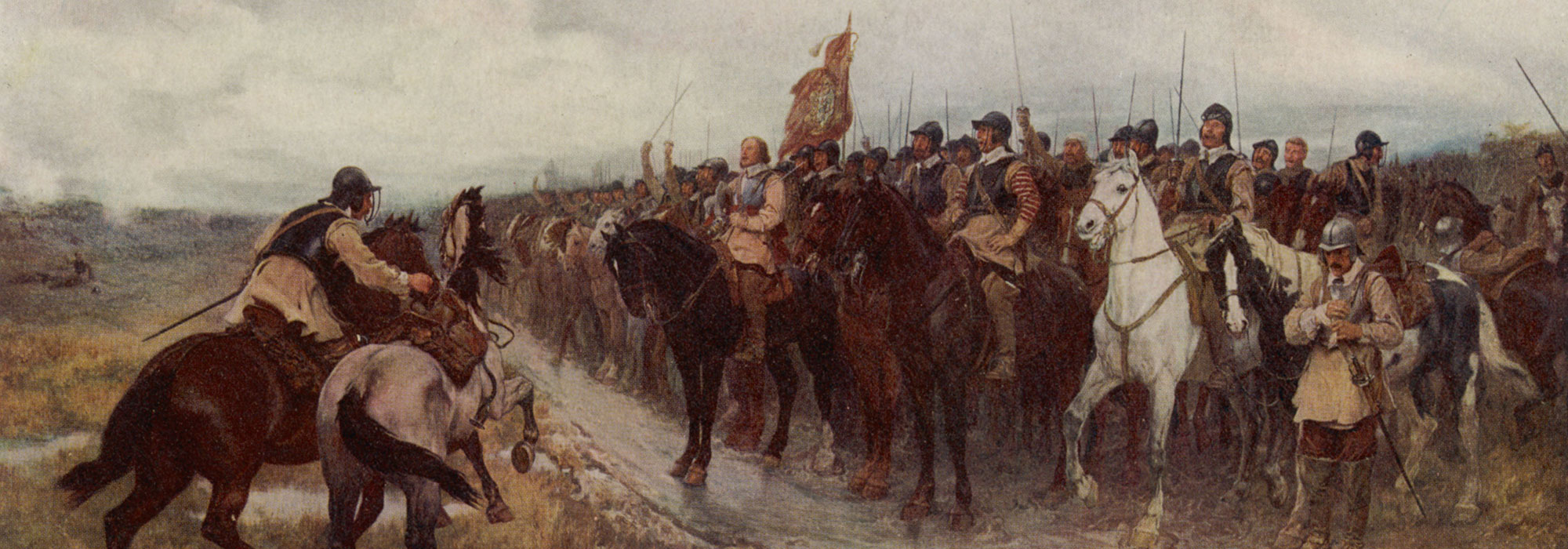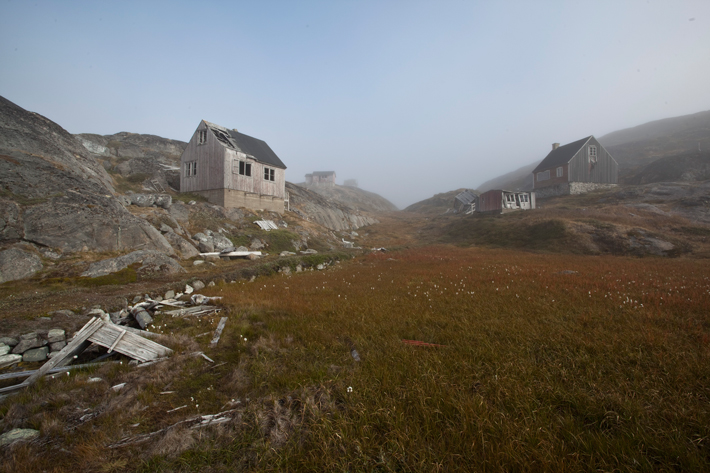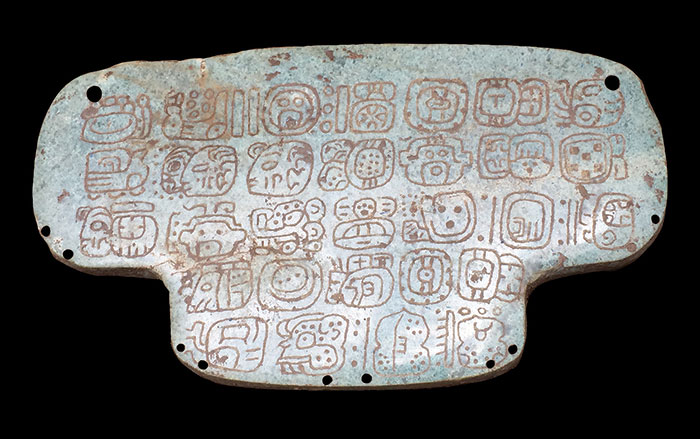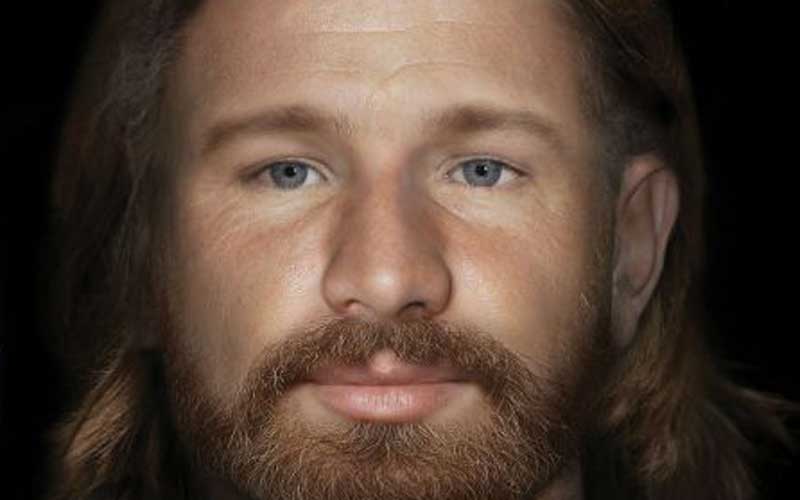
DUBLIN, IRELAND—Archaeologists have used the remarkably well-preserved skull of a young Dubliner, who died during the Tudor period (1485-1603), to reconstruct the man's face using 3-D digital technology. The Irish Times reports that the man's skeleton, which was found in 2014 during construction to extend Dublin's light rail system, indicates that he was in his late 20s or early 30s at the time of death and likely spent his whole life in Dublin under conditions of poverty and hard labor. According to Rónán Swan, an architect with Transportation Infrastructure Ireland, the remains of approximately 5,000 individuals have turned up during road and rail excavations in Ireland, but few have been intact enough to allow for reconstruction. To read more about facial reconstruction, go to "Neolithic FaceTime."


